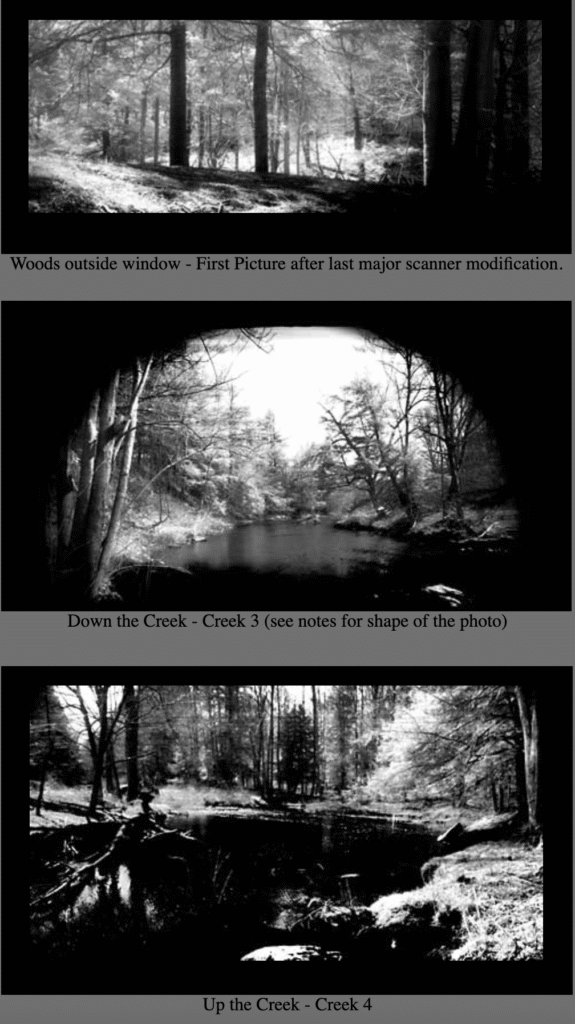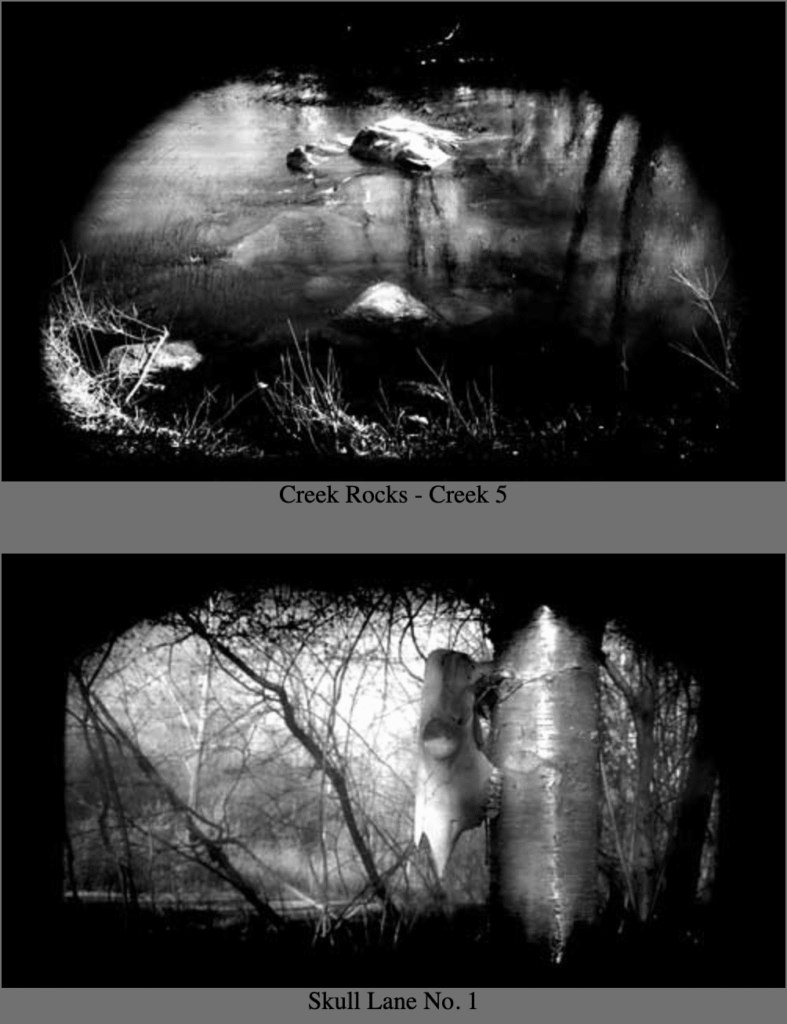I played with this concept in depth in 2007 and what follows are some of my postings:
From 03/27/2007 – the links probably no longer exist:
The Scanner Photography Project fascinated a lot of people with the potential of constructing a large format digital camera from an inexpensive flatbed scanner. Michael Golembewski’s web site along with his explanations and excellent examples of photographs produced by his cameras inspired some of us to build our own cameras. It was a lot of fun and I have now adapted two of my view cameras to allow me to take photographs with this technique and technology.
However there are some additional pieces to the puzzle of scanner photography, which were recently forwarded to me that I would like to share. One of the problems relative to these cameras is the digital artifacts and noise that appear in the photographs. That is why you can build your own camera for a couple hundred dollars or less vs. buying a large format digital back from Betterlight which works on basically the same principle for considerably more (Their latest and I believe highest resolution unit was recently introduced at $23,000.), or so it appeared.
I have posted links to two papers, the first by Shuzhen Wang and Wolfgang Heidrich, The Design of an Inexpensive Very High Resolution Scan Camera System, and an earlier paper by Shuzhen Wang,An Inexpensive, High Resolution Scan Camera, that are very interesting along with some information on my latest camera conversion at:
http://johnvanhornphoto.com/lgformatdigitalphotography/camera2007/Camera2007.html
I hope you find this interesting and someone can indeed build an inexpensive large format scanner camera for all of us who can’t afford a professional unit.
Introduction to: Large Format Digital Scanner Photography
Scanners have always fascinated me, particularly when I started to scan negatives and saw the detail that was possible. I like many others have scanned objects like bright fall leaves on their flat bed scanners and have even incorporated them into photographs. I had given some thought and even experimented a little on how to take this technology and integrate it with a camera to create a very large digital camera(It has been done commercially, but is expensive.). There were just too many obstacles for me to try to conquer without spending a lot of time in an area that I do not have a lot of expertise. The problems ranged from how to physically modify the unit, getting software that would run a modified scanner and how to power the unit in the field. Thankfully, someone else was out there working on a simple and remarkable solution.
In April’s Popular Photography & Imaging under “News” was a brief mention of the work being done by Michael Golembewski which apparently has been covered by a number of publications. Michael created “The Scanner Photography Project” that not only shows how to construct a large format camera using a flat bed scanner, but also explores the creativity of the device. This is covered in depth in his site, www.scannerphotography.com (Apparently because of the high traffic and related costs it is at the time of this writing no longer available on the web although parts can be found by searching though references and mirrors.).
This is exciting since for a very reasonable investment, someone with limited electronics and construction skills can in effect build their own large format digital camera system and create unique images. Also because of its costs and digital feedback, it could provide a fantastic teaching tool for large format photography! I hope Michael Golembewski will publish more about his work and perhaps even produce a conversion kit of some type. For now, thank you Michael, very much for the inspiration in this new area of photography.
The purpose of these pages is not to duplicate the documentation already available, but to simply verify that the approach is reproducible given the information available. The test of any research is that it can be duplicated based on the information provided. I will provide notes on my particular approach and camera creation where I feel they may be beneficial to others. And also hopefully share the fun and potential creativity of the project.
And of course the Disclaimer, the information presented here is not warranted to work, could cause damage to equipment being worked on and/or modified, and you could hurt yourself. Please proceed at your own risk!
Gallery Circa 2007

